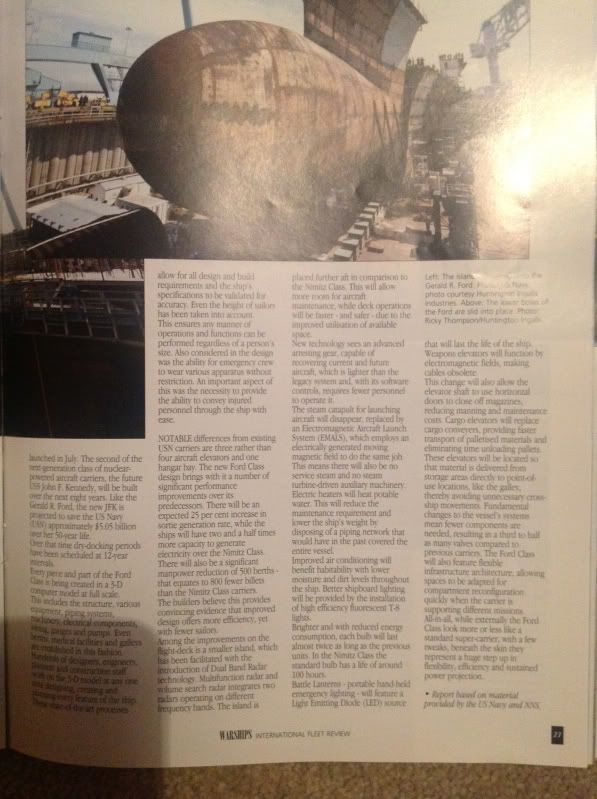Well, here are the force levels beginning in late 1945, right at the end of the war:Ah good point my bad I meant post WWII and Carriers of all types either escort or fleet
TYPE/ YEAR --> 45 | 48 | 50 | 52 | 55 | 60 | 65 | 70 | 75 | 80 | 85 | 90 | 95 | 00 | 05 | 10
Fleet Carriers - 28 | 12 | 11 | 19 | 21 | 24 | 25 | 19 | 15 | 13 | 13 | 13 | 12 | 12 | 12 | 11
Escort Carriers 71 | 07 | 04 | 10 | 03 | 00 | 00 | 00 | 00 | 00 | 00 | 00 | 00 | 00 | 00 | 00
TOTAL --------- 99 | 19 | 15 | 29 | 24 | 24 | 25 | 19 | 15 | 13 | 13 | 13 | 12 | 12 | 12 | 11
This does not include the large LHD or LHA flat top Amphibious Assault ships which the US began building in the 1960s and now maintains 10-11 of. So, since say, about 1980, the US has been maintining a total of 22 or so carriers if you include those.
(Source: )


